Vinyasa yoga - 60-minute classes
Each theme is progressively covered in three sessions
Week 2 of Gentle flow and yin practice. We work the entire body with the help of gentle floor asana and finish with a nourishing yin practice.
Week 1 of Gentle flow and yin practice. We work the entire body with the help of gentle floor asana and finish with a nourishing yin practice.
Week 3 of slow breath practice. We focus on moving and breathing slower in order to understand the organic practice that is guided by perspiration rather than muscular engagement.
Week 2 of slow breath practice. We focus on moving and breathing slower in order to understand the organic practice that is guided by perspiration rather than muscular engagement.
Week 1 of slow breath practice. We focus on moving and breathing slower in order to understand organic practice that is guided by perspiration rather than muscular engagement.
Week 3 of circular flow - a practice that focuses on the spiral movement of energy in our body, our body’s movement in space. We finish each class with seated breathing and meditation with elements of Emotional Release Yoga.
Week 2 of circular flow - a practice that focuses on the spiral movement of energy in our body, our body’s movement in space. We finish each class with seated breathing and meditation with elements of Emotional Release Yoga.
Week 1 of circular flow - a practice that focuses on the spiral movement of energy in our body, our body’s movement in space. We finish each class with seated breathing and meditation with elements of Emotional Release Yoga.
Week 3 of Dhyana (meditation) practice. We move into the seventh limb of ashtanga yoga. Dhyana is a meditation practice of connecting to the universal database, an experience of the mind’s true nature of cognisant awareness.
Week 2 of Dhyana (meditation) practice. We move into the seventh limb of ashtanga yoga. Dhyana is a meditation practice of connecting to the universal database, an experience of the mind’s true nature of cognisant awareness.
Week 1 of Dhyana (meditation) practice. We move into the seventh limb of ashtanga yoga. Dhyana is a meditation practice of connecting to the universal database, an experience of the mind’s true nature of cognisant awareness.
Week 3 of Dharana (concentration) practice. We move into the sixth limb of ashtanga yoga. Dharana is a meditation practice with a one-pointed focus on breath, sounds or an image.
Week 2 of Dharana (concentration) practice. We move into the sixth limb of ashtanga yoga. Dharana is a meditation practice with a one-pointed focus on breath, sounds or an image.
Week 1 of Dharana (concentration) practice. We move into the sixth limb of ashtanga yoga. Dharana is a meditation practice with a one-pointed focus on breath, sounds or an image.
Week 3 of Pratyahara practice. In this three-week cycle, we will follow Patanjali’s 8-limbed yoga with Asana (posture), Pranayama (vital energy expansion) and Pratyahara (focusing inwardly away from ingestion).
Week 2 of Pratyahara practice. In this three-week cycle, we will follow Patanjali’s 8-limbed yoga with Asana (posture), Pranayama (vital energy expansion) and Pratyahara (focusing inwardly away from ingestion).
Week 1 of Pratyahara practice. In this three-week cycle, we will follow Patanjali’s 8-limbed yoga with Asana (posture), Pranayama (vital energy expansion) and Pratyahara (focusing inwardly away from ingestion).
Week 3 of Asana and Pranayama practice. This practice cycle is dedicated to vinyasa flow, focusing on the opening of the ribcage, chest and upper back area. We conclude with pranayama, a breathing exercise.
Sadly I lost the phone footage of this video so I am uploading the unedited Zoom Recording instead.
Week 2 of Asana and Pranayama practice. This cycle of practice is dedicated to vinyasa flow with a focus on the opening of the ribcage, chest and upper back area. We conclude with pranayama, a breathing exercise.
Sadly I lost the phone footage of this video so I am uploading the unedited Zoom Recording instead.
Week 1 of Asana and Pranayama practice. This cycle of practice is dedicated to vinyasa flow with a focus on the opening of the ribcage, chest and upper back area. We conclude with pranayama, a breathing exercise.
Week 3 of Winter flow practice, which is a combination of flow vinyasa and yin. In this cycle of three weeks we focus on the element of water and the energetic movement inward.
Week 2 of Winter flow practice, which is a combination of flow vinyasa and yin. In this cycle of three weeks, we focus on the element of water and the energetic movement inward.
Week 1 of Winter flow practice, which is a combination of flow vinyasa and yin. In this cycle of three weeks we focus on the element of water and the energetic movement inward.
Week 3 of Grounding practice. We honour the last three weeks of autumn and the metal element. Downward energy, rooting, and earthing is the focus of this cycle. Think balancing poses and leg work.
Week 2 of Grounding practice. We honour the last three weeks of autumn and the metal element. Downward energy, rooting, and earthing is the focus of this cycle. Think balancing poses and leg work.
Week 1 of Grounding practice. We honour the last three weeks of autumn and the metal element. Downward energy, rooting, and earthing is the focus of this cycle. Think balancing poses and leg work.
Week 3 of the Heart chakra series. These classes target the upper back, chest, shoulders and arms. The heart centre is about love, forgiveness, courage, contentment and living our lives from a space of deep meaning and heart’s calling.
Week 2 of the Heart chakra series. These classes target the upper back, chest, shoulders and arms. The heart centre is about love, forgiveness, courage, contentment and living our lives from a space of deep meaning and heart’s calling.
Week 1 of the Heart chakra series. These classes target the upper back, chest, shoulders and arms. The heart centre is about love, forgiveness, courage, contentment and living our lives from a space of deep meaning and heart’s calling.
Week 3 of Flip the dog flow. We finally attempt this challenging transition! I recommend watching the “Flip the dog” tutorial to better understand what needs to be done to successfully perform it.
Week 2 of Flip the dog flow. We focus on loading the shoulders in a wild thing pose and opening the front lines.
Week 1 of Flip the dog flow. We focus on shoulder flexion and opening of the front lines.
Week 3 of Ardha (half) chandrasana (moon pose). This week we attempt a twisted bound variation - looks easy but is actually super challenging and humbling!
Week 2 of Ardha (half) chandrasana (moon pose). Enjoy some new poses I introduced here including kneeling warrior pose - this class is very creative and fun!
Week 1 of Ardha (half) chandrasana (moon pose) is a beautiful balancing pose. We will be covering various variations of it throughout the coming three weeks.
Week 3 of Astavakrasana. Don’t forget to watch a tutorial as today we are doing the full pose!
Props: two blocks (optional, but will make your life easier)
Week 2 of Astavakrasana. Today we look deeper into the principles of this pose.
Props: two blocks (optional, but will make your life easier)
Week 1 of Ashtavakrasana (eight-limbed pose): this beautiful arm balance is a twist that requires a strong core.
Week 3 of lunge practice or Anjaneyasana. This week we peak into a king of pigeon variations of lunge.
Props: yoga strap (or a shawl, belt) and a block (or a book).
Week 2 of lunge practice or Anjaneyasana. This week we peak into a mermaid variation of a lunge.
Week 1 of lunge practice or Anjaneyasana. Enjoy this challenging flow that targets flexibility in the Superficial front line.
This is our last week of Move and Meditate practice. Enjoy some new poses and a fun sequence and a meditation at the end.
This is week 2 of Move and meditate practice. This week’s vinyasa is a bit more challenging and we conclude with pranayama and meditation.
This is week 1 of Move and meditate practice. Expect a less intense vinyasa flow with Emotional Release meditation at the end.
Props: blocks and a blanket
This is week 3 of Yang and yin practice. Expect to sweat in the first part and enjoy some yin poses towards the end.
Props: blocks and a blanket
This is week 2 of Yang and yin practice. Expect to sweat in the first part and enjoy some yin poses towards the end.
Props: blocks and a blanket
This 60-minute practice begins with our traditional challenging vinyasa practice that winds down into some yin poses in the end. Perfect for the winter season and for days when you need to move your body yet also need a fair bit of relaxation.
Props: blocks and a blanket
This 60-minute vinyasa practice is week 3 of balanced practice. Enjoy some meditation at the end of the class!
This 60-minute balanced vinyasa practice is week 2 of balanced practice. Enjoy some pranayama at the end of the class!
This 60-minute balanced vinyasa practice aims to work your entire body. This well-rounded class will target all the areas of the body and most of the joint articulations.
In this Vrischikasana class, we work on our peak pose at last. Make sure to try class 1 and 2 and watch the Vrischikasana tutorial before attempting this session.
In this Vrischikasana class, we work on a hollow back Pincha Mayurasana - a forearm balance where we incorporate a back bend and a shoulder stretch. This stuff is super challenging for me too!
Vrischikasana is a scorpion pose - a forearm balance with a deep back bend. In this class, we work on opening our back and hip flexors while strengthening the shoulders. A pose I struggle with a lot myself!
In our third class on Kasyapasana we try yet another modification of this challenging side plank.
Kasyapasana a pose named after the sage Kasyapa. In this week’s practice, we work more on external hip rotation, binding, and core.
Kasyapasana a pose named after the sage Kasyapa. It’s a beautiful side plank with bound half lotus. In this week’s practice, we set the foundation for it.
Apologies for the lower sound quality than usual, this was due to an error with my headset.
Mayurasana translates as a peacock from Sanskrit. In this week 3 we continue solidifying this pose and learning all steps of the way towards mastering it.
Mayurasana translates as a peacock from Sanskrit. In this week 2 practice we attempt this challenging arm balance that requires a strong core and upper body strength.
Mayurasana translates as a peacock from Sanskrit. Pincha mayurasana - is a feather of peacock, a forearm balancing pose. Funky pincha mayurasana is a modern yogis creation where one arm stays traditionally with the elbow down, but the other arm is in chaturanga.
Enjoy the third week of this pose. It always amazes me how easy things are after repeating them a few times! This is why yoga is referred as to practice. Enjoy the lotus and forearm bridge!
Optional props: two blocks
In week 2 we dive deeper into the forearm bridge and lotus. Ardha Baddha Padma Paschimottasana (in the thumbnail) is the beginning of your padmasana journey. Get comfortable with this pose first.
Did you know that the lotus pose (padmasana) is the ultimate pose we are to master for pranayama and meditation. This 3-week cycle is all about external hips rotation and preparing us for the lotus pose. Whenever I work on hips, I love to add backbends into the mix. Dwi pada viparita dandasana is a challenging backbend that targets the upper back and shoulders.
In week 3 we finally attempt the full pose at the wall. I will be demonstrating on my usual spot, but you are welcome to move closer to the wall to be safe.
Props: 1 block or a thick book, a wall.
In week 2 I show you my favourite stretch with a strap for upper back and shoulders as we dive deeper into chinstand and hanumanasana.
Props: strap or shawl, 1 block or a thick book
Hanumanasana is a rare pose that combines both back and forward bends. In it, we simultaneously work on superficial back and front lines. Chin stand is a great chest opener and an inversion. Get ready to be challenged and humbled.
Kapotasana is a deep backbend that we will work towards in three sessions. In week 3 we work at the wall to get deeper into the peak-pose itself.
Props: a wall
Kapotasana is a deep backbend that we will work towards in three sessions. In week 2 we practice a variation of it called Eka pada raja kapotasana or One-legged king of pigeon’s pose.
Props: block (replace with a thick book) and a yoga strap (replace with a non-stretchy shawl).
Kapotasana is a deep backbend that we will work towards in three sessions. In week 1 we set the foundation for this challenging asana: strong legs, open chest, hip flexors and shoulders.
In week 3 we attempt the full peak pose of Vishwamitrasana. Props needed: a block and a strap (can be replaced with a thick book and a shawl)
In week 2 we work on side plank with external hip rotation and flexion. This pose is called Vasisthasana. It prepares you for keeping your weight in one arm and leg while side planking.
Compass pose required deep hip flexion, external hip rotation, side torso flexibility, and shoulder mobility. In week 1 we start building strength and flexibility for Vishwamitrasana - a challenging side-plank variation.
In week 3 we play with doing a twisted tripod headstand, where you place just a side of your head down. The fallen angel pose!
In week 2 we add the one-legged crane pose to the tripod headstand. Fly your crane!
Master the art of standing on your head. Remember that you need to be extra careful - use the wall for support. Stop immediately if you feel dizzy or uneasy in your neck or head. Listen for my cues and back off needed.
This is third week of bakasana practice with focus on eka pada koundinyasana. Enjoy this sweaty practice and be nice to yourself.
In week 2 we take our practice to a funkier variation - Parsva Bakasana (sideways crane pose). Get ready to work your core, twists, and some see-saw playing.
Bakasana or crane pose requires deep hip flexion, arms and core strength. This funky arm balance is all about learning how to shift weight from legs into arms - just like when we play on the see-saw. In the first week, we explore this principle and get to balance on our arms.
The last week of building to handstands. This is a spicy practice with some hopping at the wall!
The second week of handstands is about pincha mayurasana or forearm balance.
Props: block or if you don’t have one, use a book that is thick and similar in size to a yoga block.
This is the first week of handstands practice. This class is all about arm strengthening, wrist, and shoulder flexibility. Expect to sweat!
PS. Apologies for my rusty voice, I caught a cold and not feeling 100% in this video.
The final week of building toward titibhasana or firefly pose. We use proprioceptive neuromuscular facilitation (PNF) for our adductors (inner thighs) and hamstrings. Please remember that in order to master a pose you need to practice is 1K times, so if after three classes it’s still not working - no worries, that’s normal!
Week 2 of building toward titibhasana or firefly pose. We will look at bhujapidasana, a pose that prepares us for the firefly. This asana requires deep hip flexion, hamstring flexibility, and core strength. Watch a tutorial on Bhujapidasana as it will help you to understand the pose better.
Week 1 of building toward titibhasana or firefly pose. This pose requires deep hip flexion, hamstring flexibility, and core strength. This practice prepares your body for this challenging pose.
Please watch the Tutorial - Galavasana before doing this class. This class rather advanced, please do what you can without causing tension in the body. Modify and listen to yourself.
Props: we need a block or a few cushions stacked to replace it.
This is a second week of working on pigeon pose with today’s class building toward eka pada galavasana aka flying pigeon pose.
A challenging vinyasa yoga practice building toward bakasana (crane) and pigeon pose. Week 1.
Virabhadrasana B or Side Warrior in this invigorating and challenging class. Props needed: a block or a chair.
We begin a three-week cycle of working on Warrior poses and working with the concept of Ahimsa (non-violence). This class is building to Warrior A.
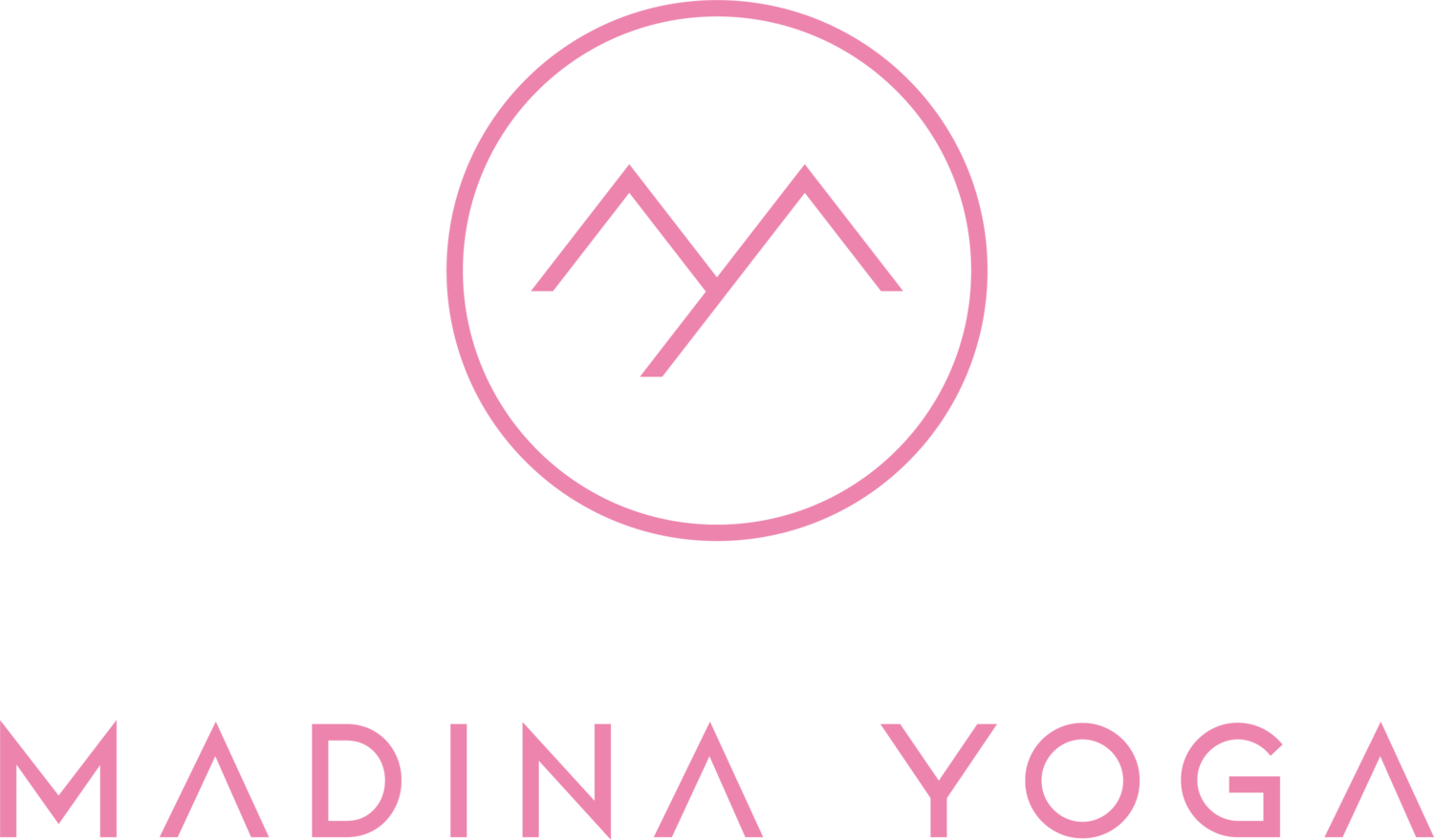

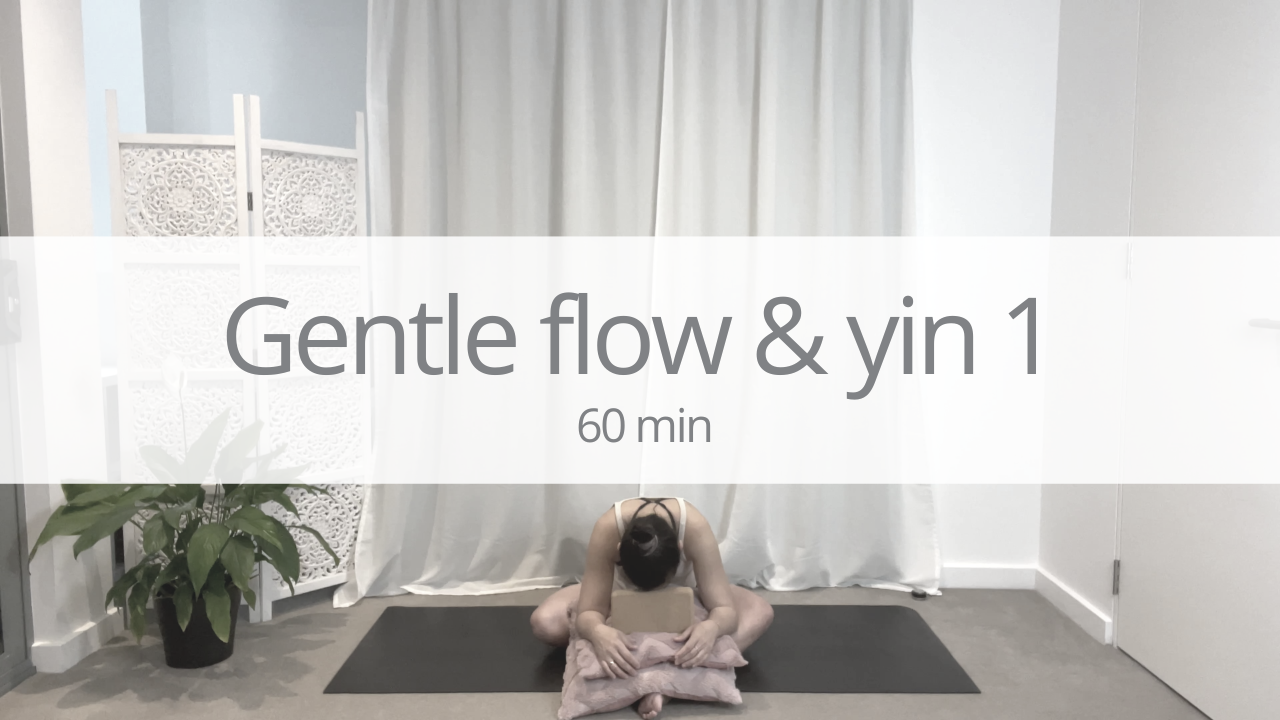



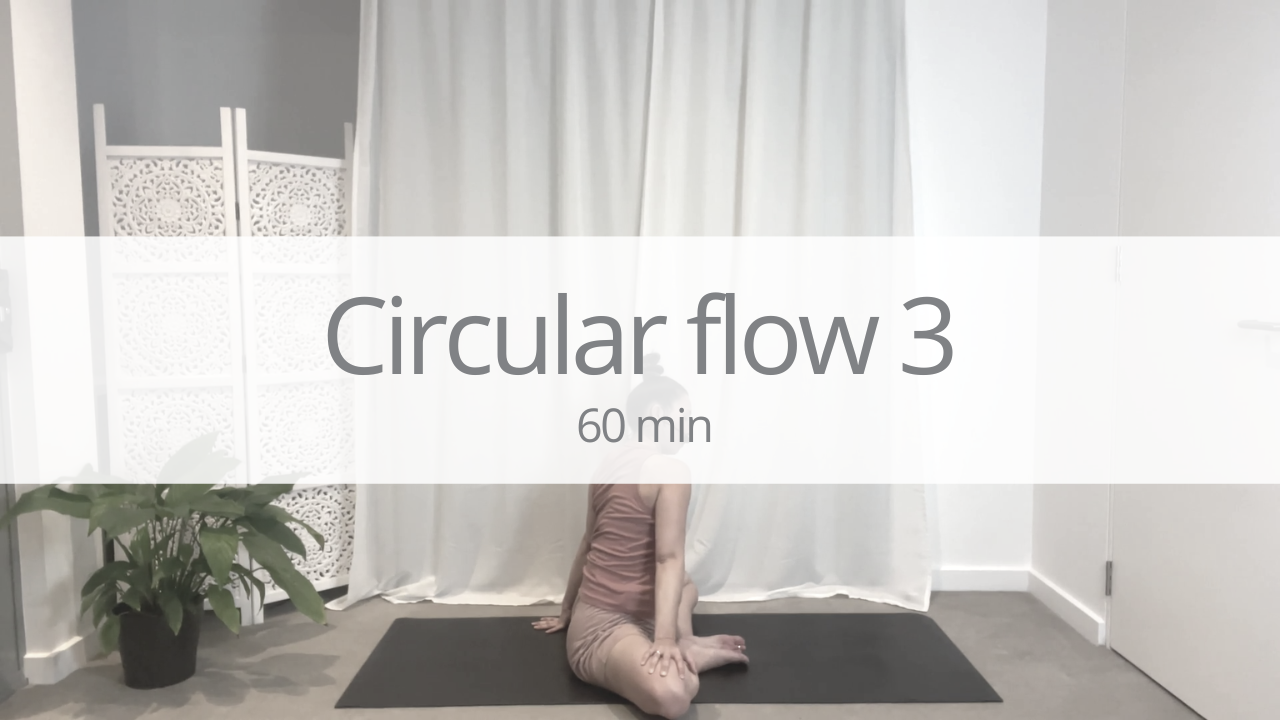
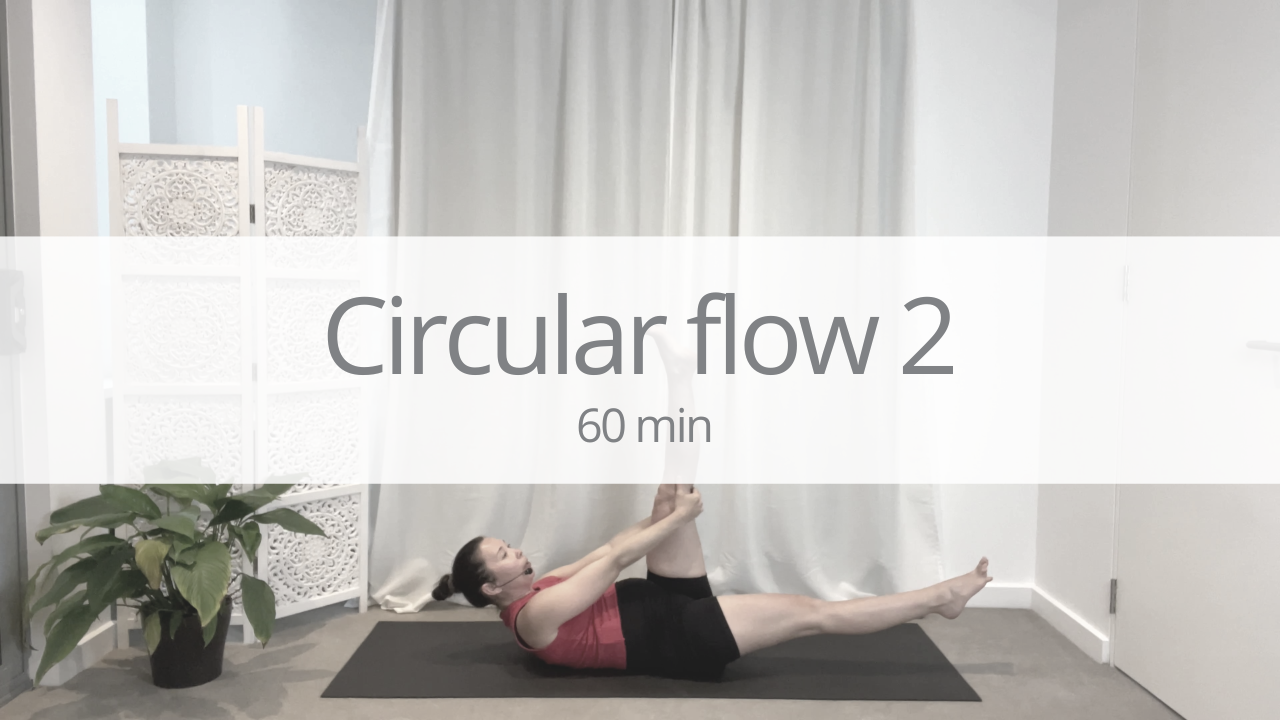




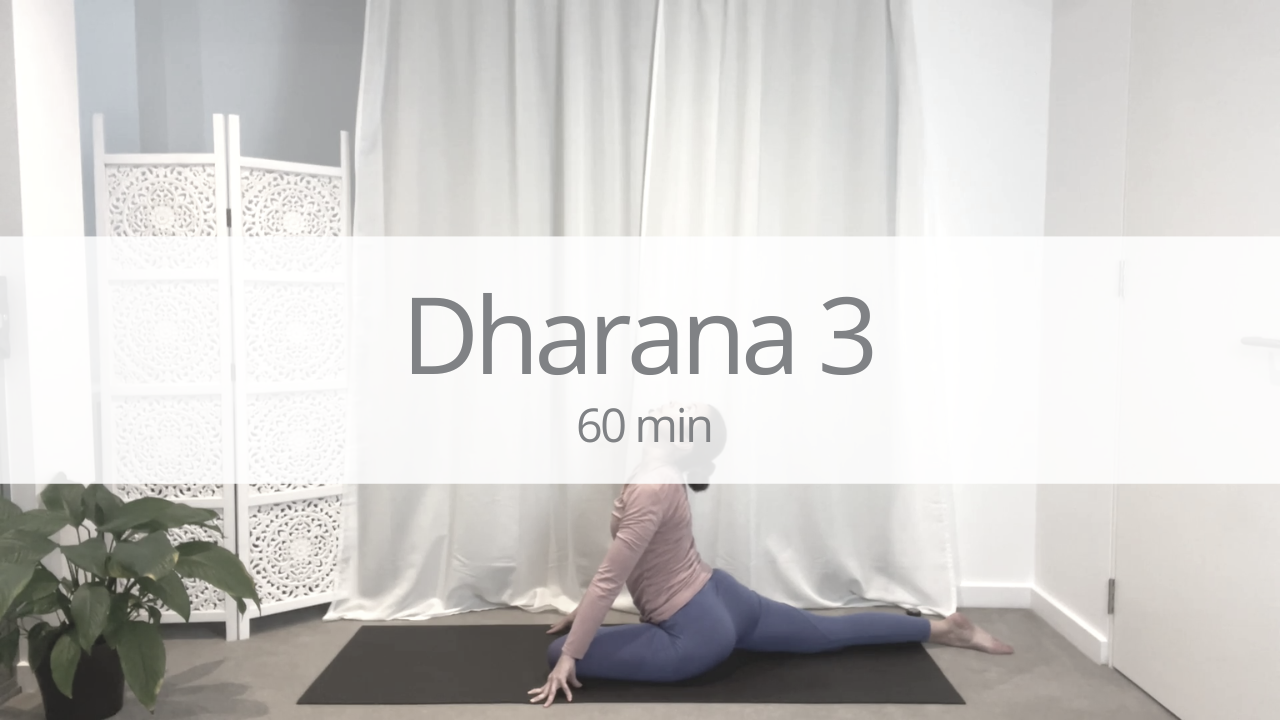


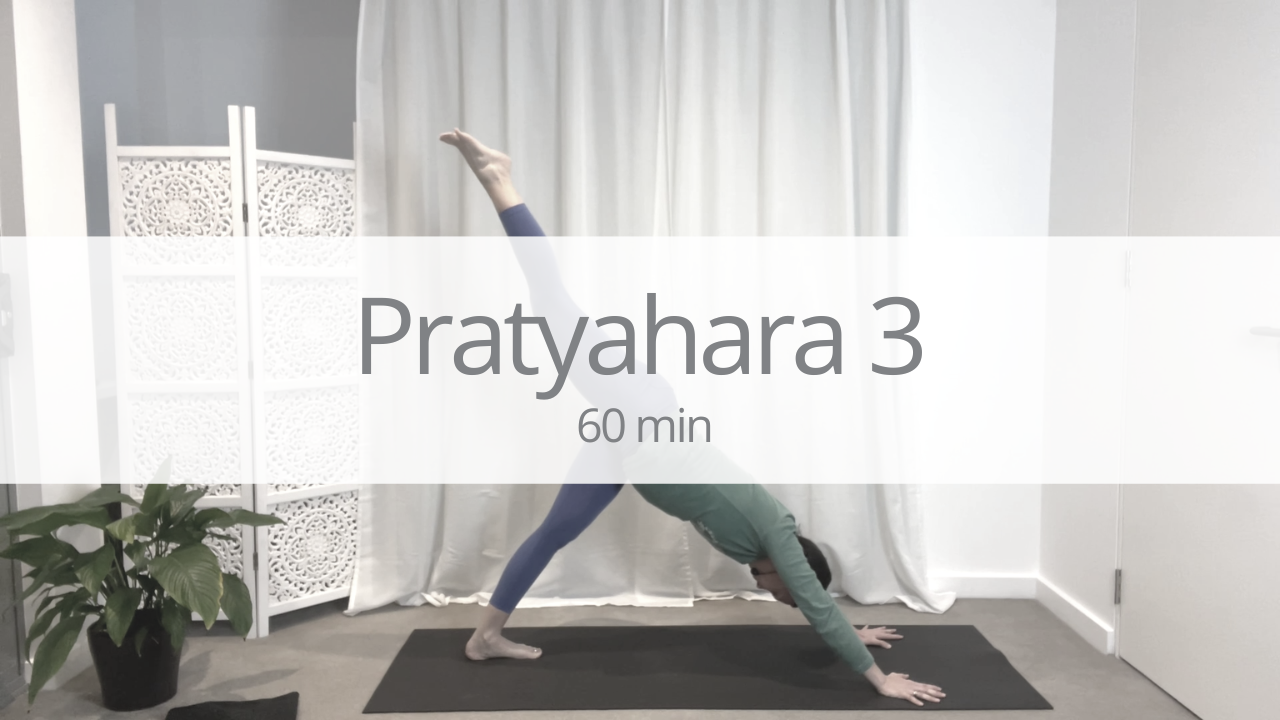

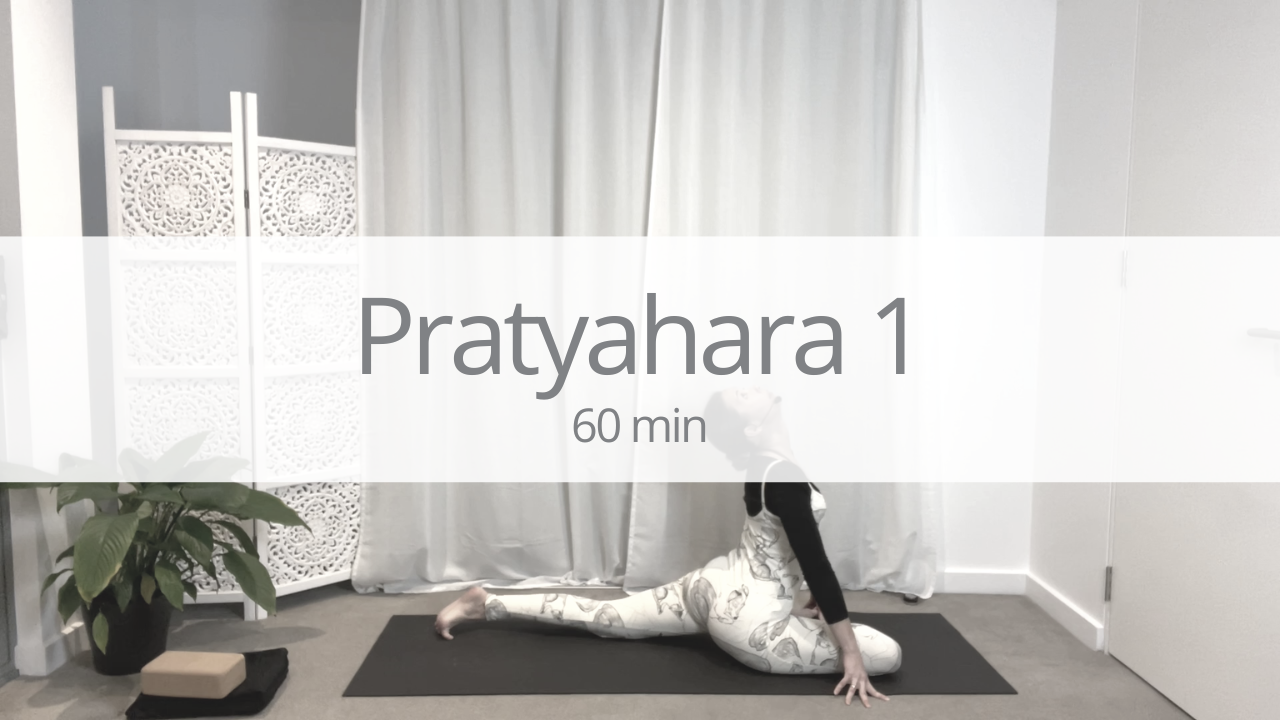
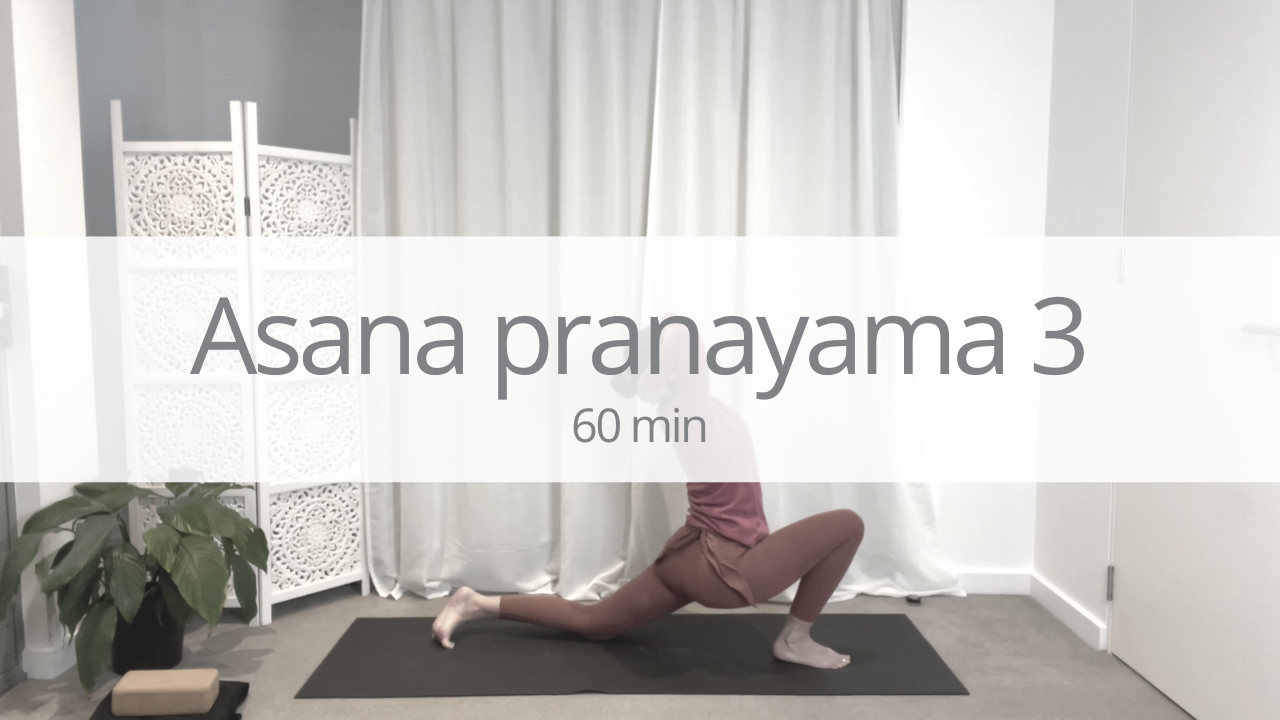
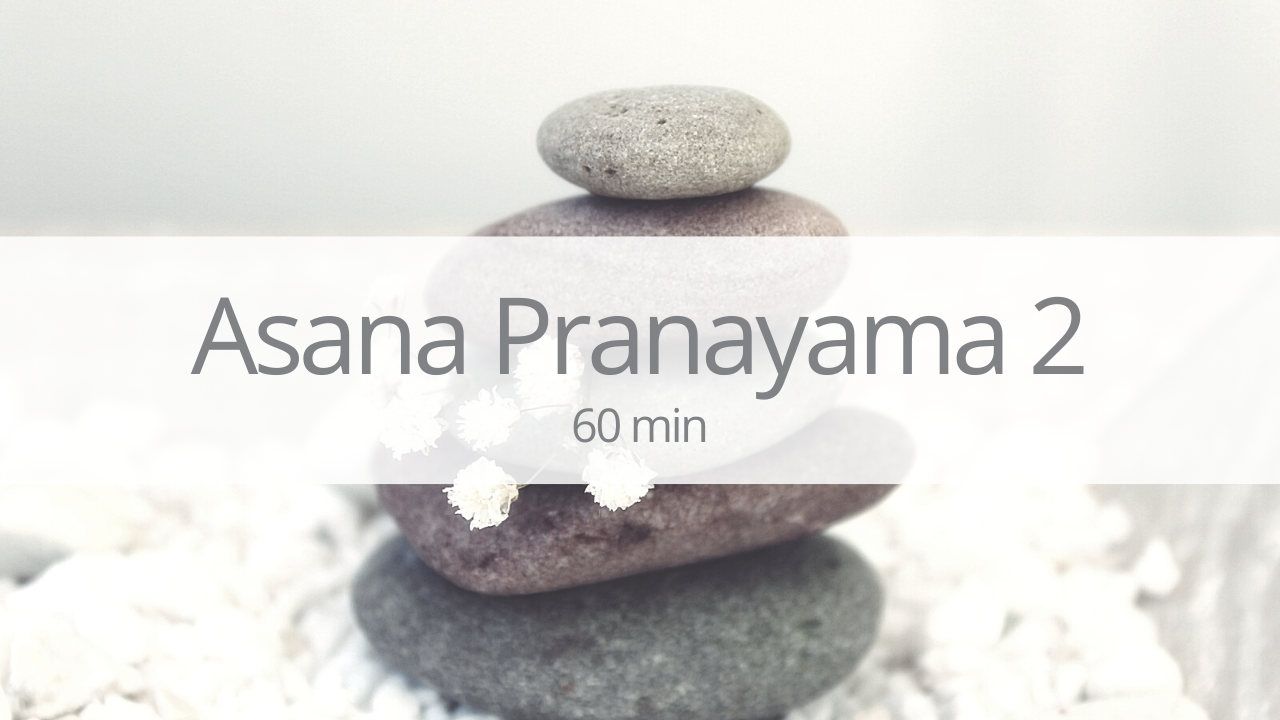
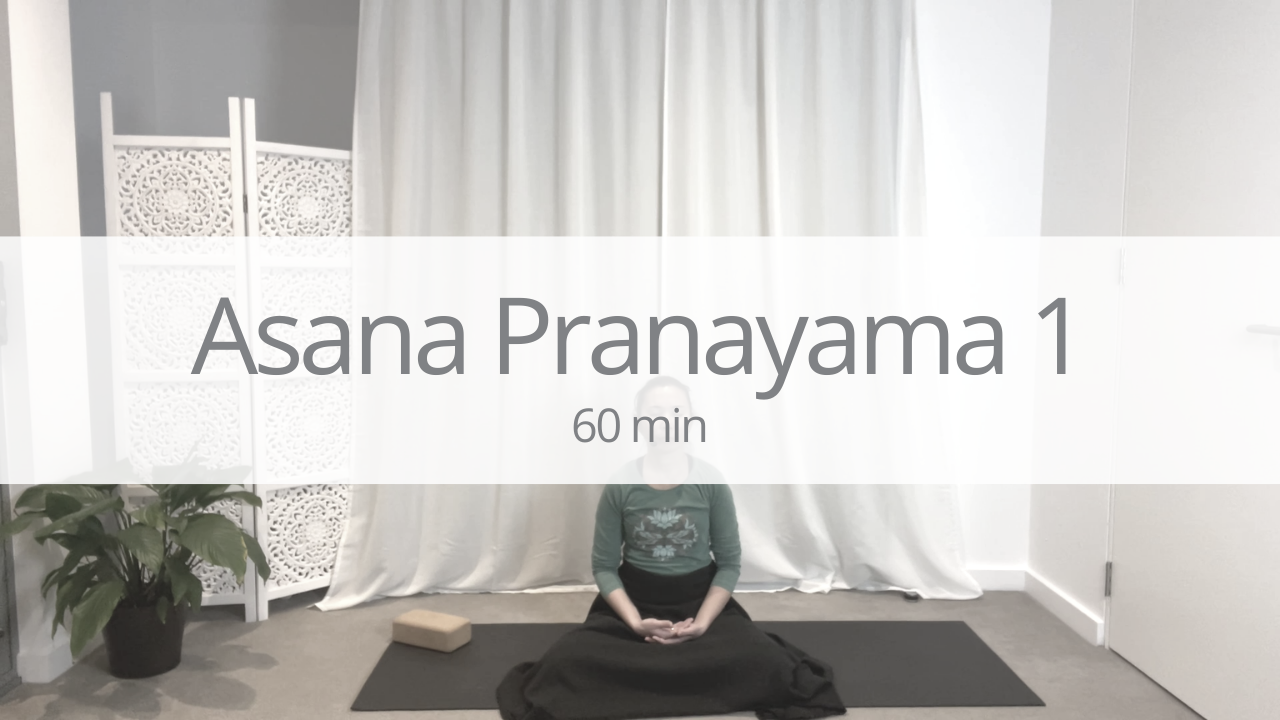

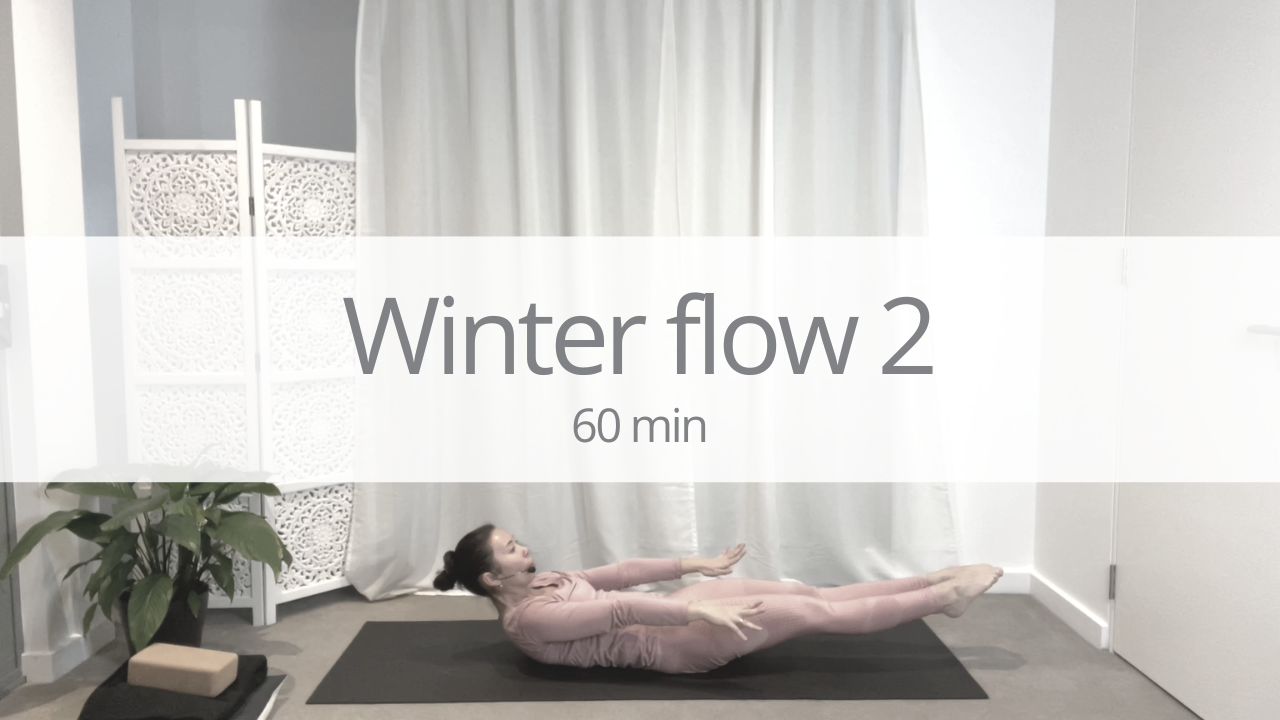


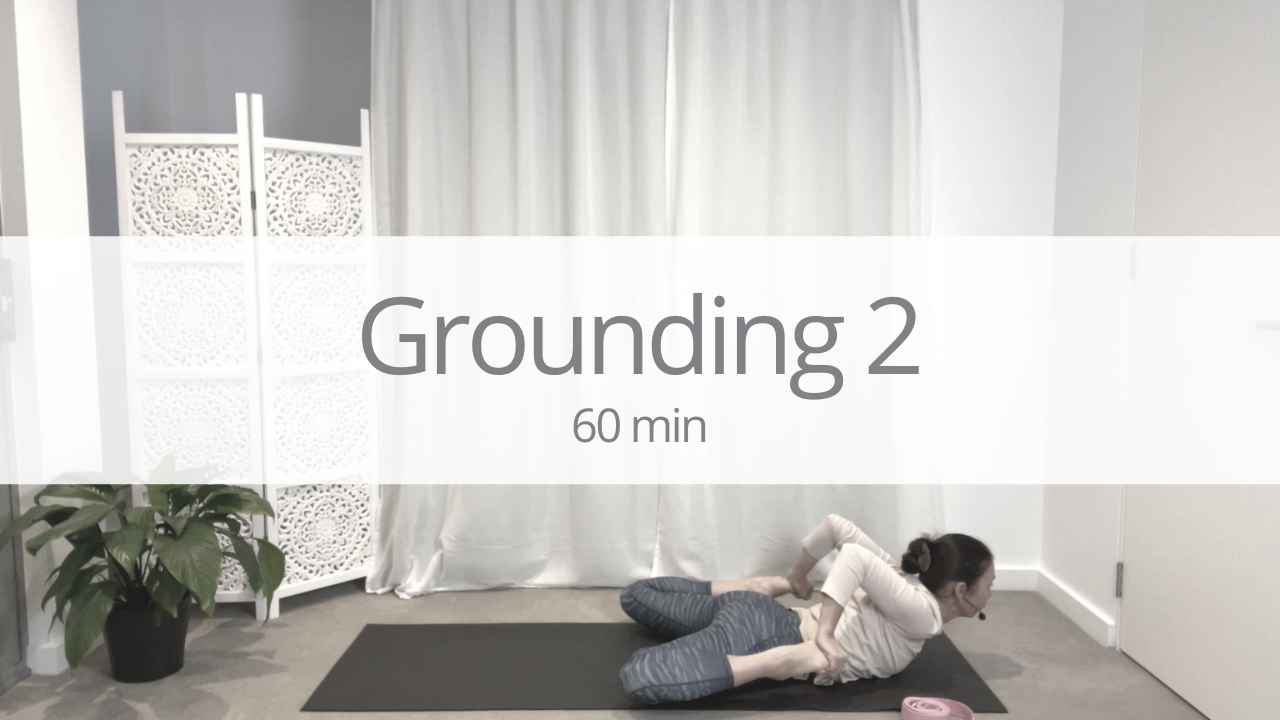













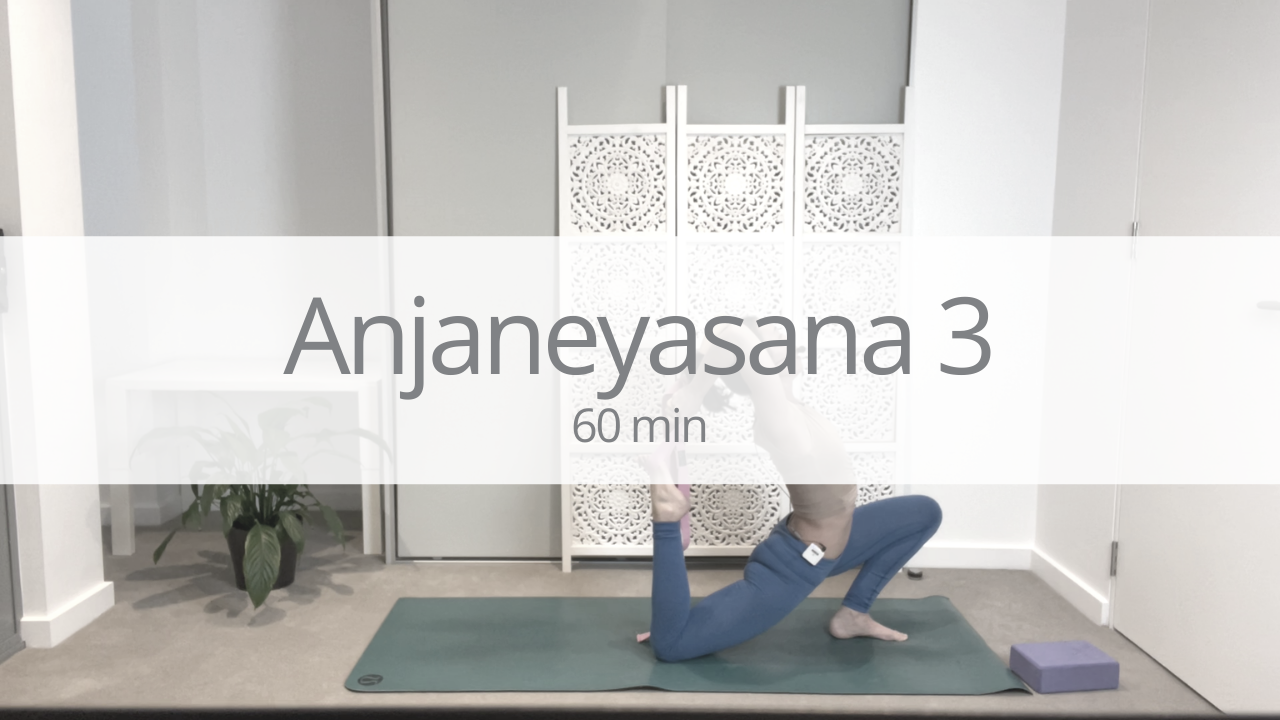











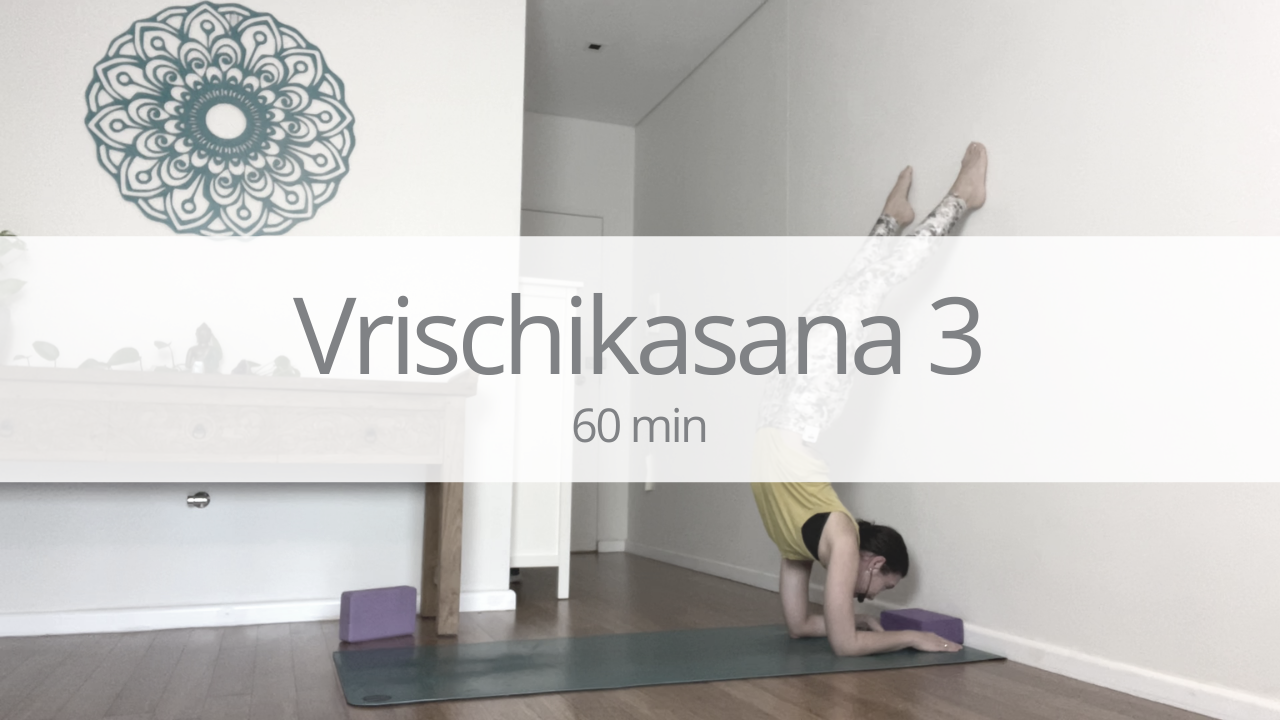

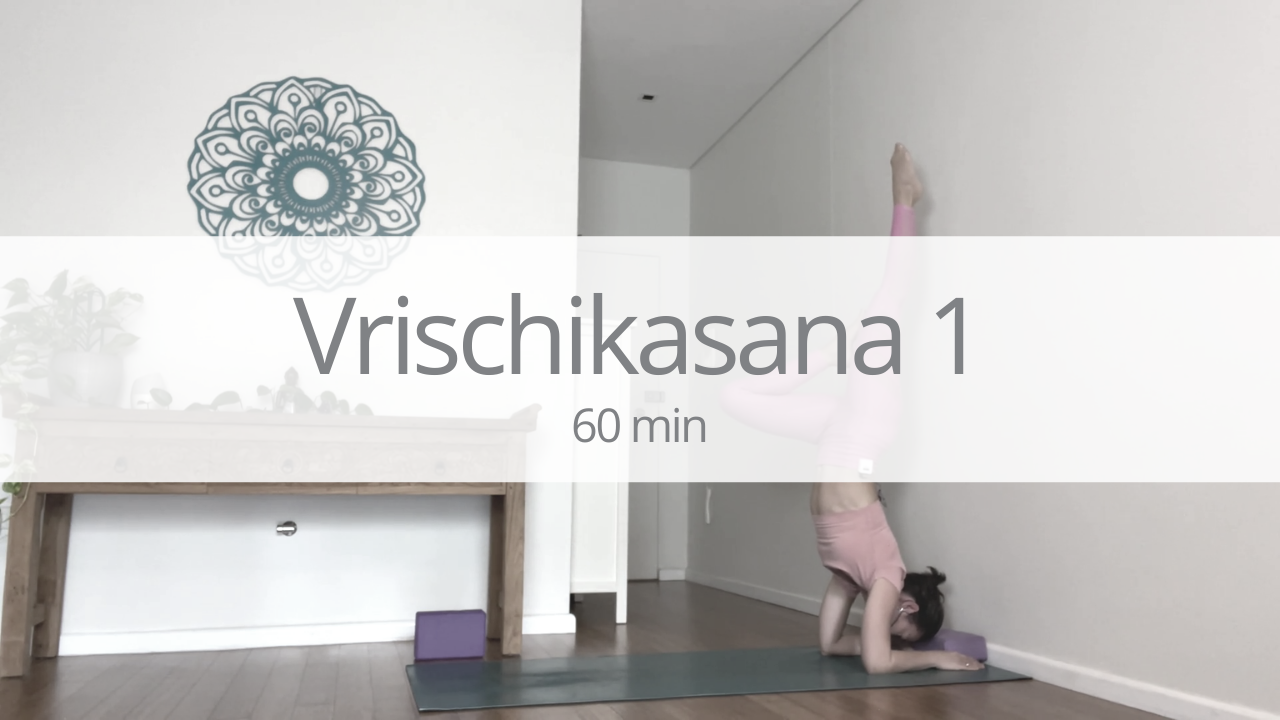








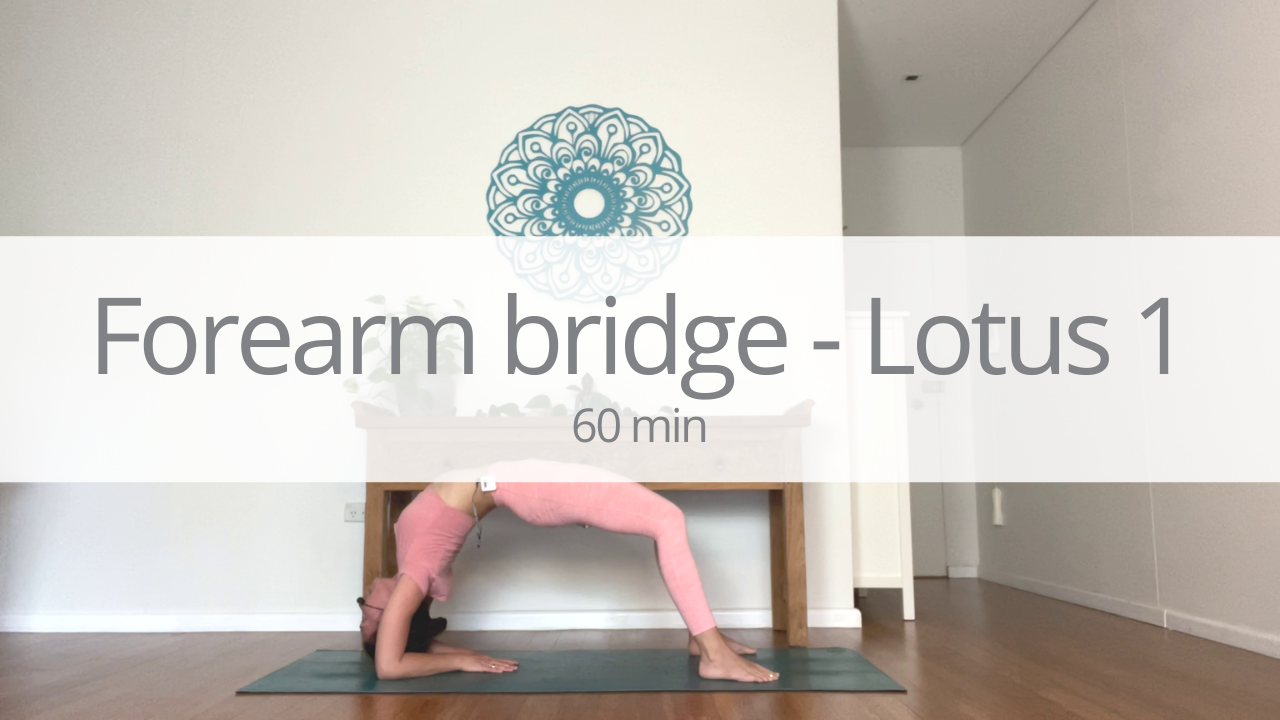







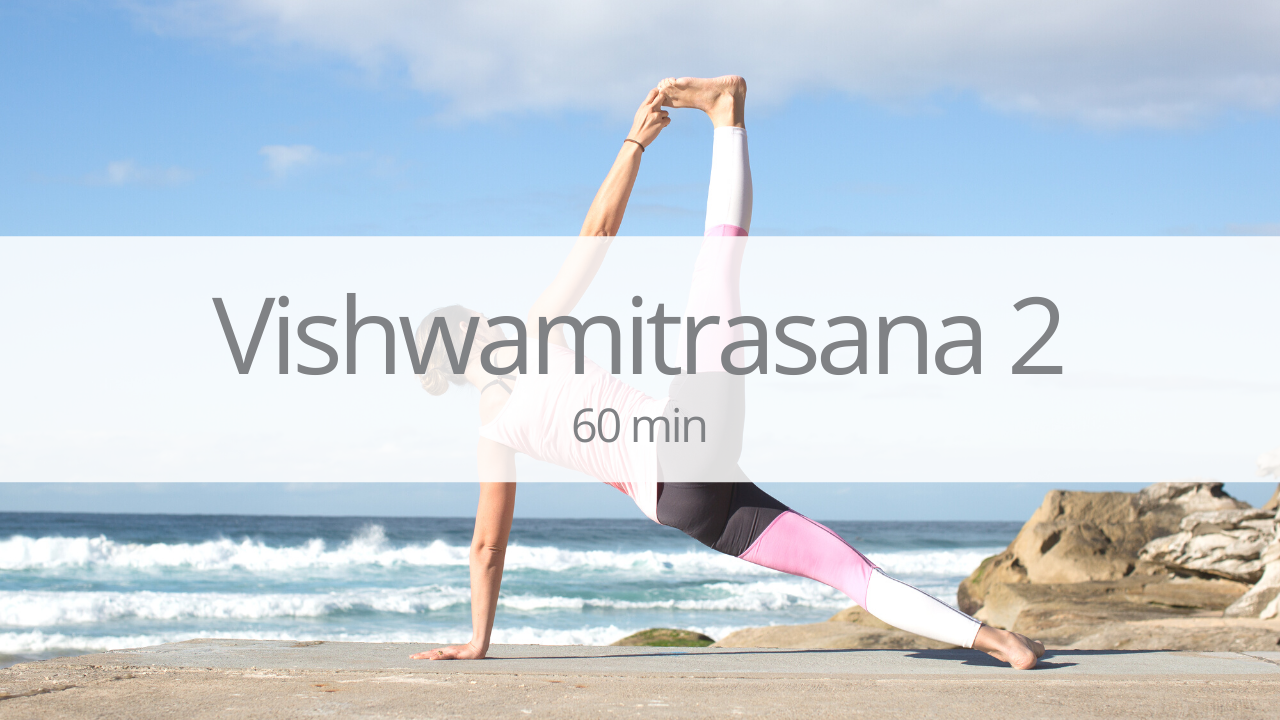





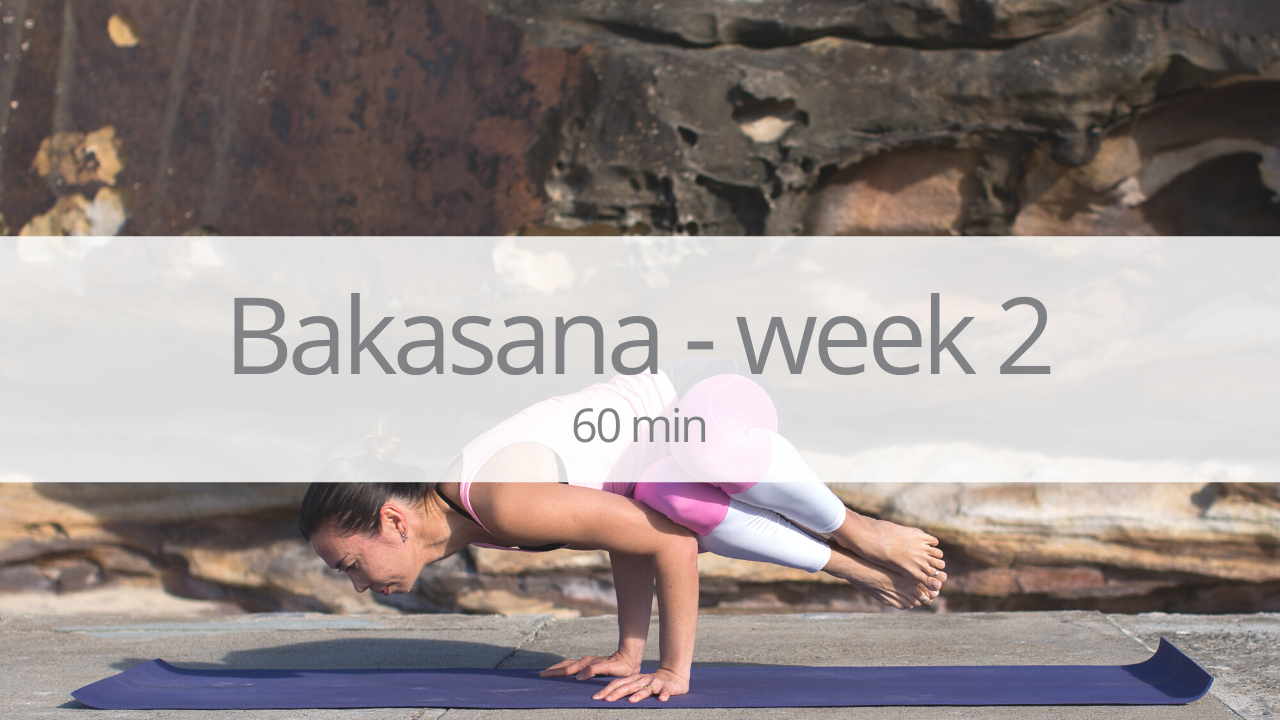













Week 3 of Gentle flow and yin practice. We work the entire body with the help of gentle floor asana and finish with a nourishing yin practice.